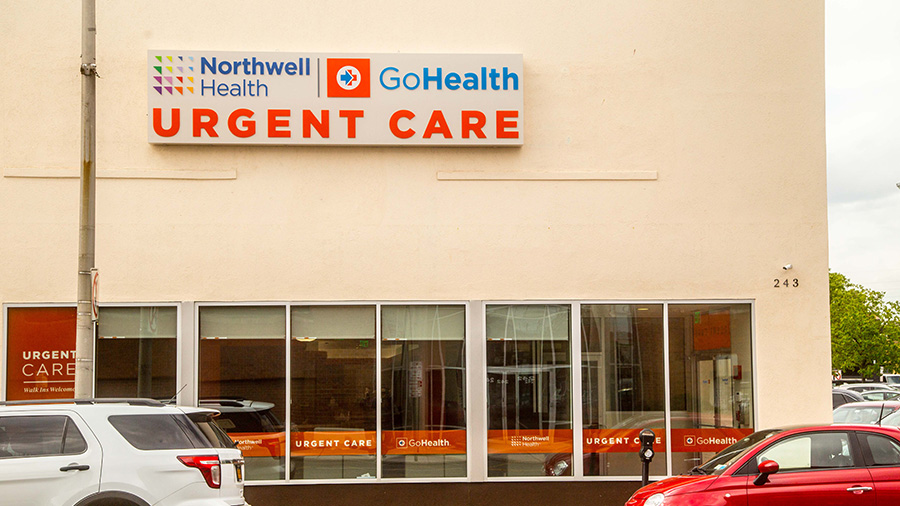Last Friday, I went to the new Northwell Urgent Care two blocks from my office. (I’m fine now.) It was a well-designed customer experience, and so different from the typical medical office intake, that it’s a useful example for other service interactions.
Walk Right In, Sit Right Down
As you enter the facility, a touch screen on a stanchion asks you to input your name and cell number, tells you the wait time (0-15 minutes for me), and asks you to take a seat. Presto! Your expectations are already managed, you’re identified, and the staff can contact you — all with no bottlenecking at the reception desk.
The waiting room was beautifully set up, with natural light from the storefront windows; plenty of space between the seating area and the reception desk; and large, comfortable chairs, almost like banquettes, creating a perimeter L-shape facing the reception desk. The environment was much less stressful for patients than a typical medical waiting area without the awkwardness of facing a possibly contagious person, or feeling crowded while you’re in discomfort.
Almost immediately, the receptionist gave me a form to complete. I always feel slow and dim during this part of any medical intake — too many detailed questions, too many names and numbers to look them up in my phone and transcribe. Every office has a different form, and they all ask for too much information that never gets used.
Form Flows with Function
But not this time! Kudos to the center’s process and forms designer! All they asked for was my contact information, whether I had previously visited this location or the corporate health network, the name and location of my primary physician and pharmacist, and a brief description of the concern that brought me in. So I didn’t have to pull out my phone to check details, copy every address on my insurance card, or fuss with squeezing names and numbers into small boxes on multiple pages.
I gave my form, insurance card, and ID to the receptionist, who picked up all the other information and input it directly into the system. No time wasted, no feeling of stupidity.
In just a few minutes I was ushered into a large, pleasant room with unobtrusive lighting, two comfortable chairs (in case the patient is accompanied), and plenty of space for personal stuff. All completely calm and practically soothing. And the medical part of the visit went smoothly and quickly too.
Easy Come, Easy Go
Design for frictionless service seems so obvious when you see it done well. It’s like Herzberg’s workplace hygiene factors: You only notice them if they’re not there. The absence of calm makes you feel stressed. The absence of streamlining makes you notice the extra fussing. The absence of space makes you feel crowded. The absence of expectations management makes you feel like you don’t know what’s going on.
So whatever your service environment, work toward positive presence:
- Make the entry process clear to avoid confusion and milling around.
- Make data collection straightforward instead of laborious, frustrating, and error prone.
- Make the environment support the desired emotional state: spacious and airy for medical (or buzzy and crowded for a popular restaurant).
- Make it easy for staff to show that they’re looking after customers instead of having customers feel like they’re working for the staff.
Patients and other customers bring their anxieties and concerns about the situation with them to every interaction point. How you design their encounter will have a significant impact on shifting the customer experience from urgency to satisfaction.
Onward and upward,
LK

